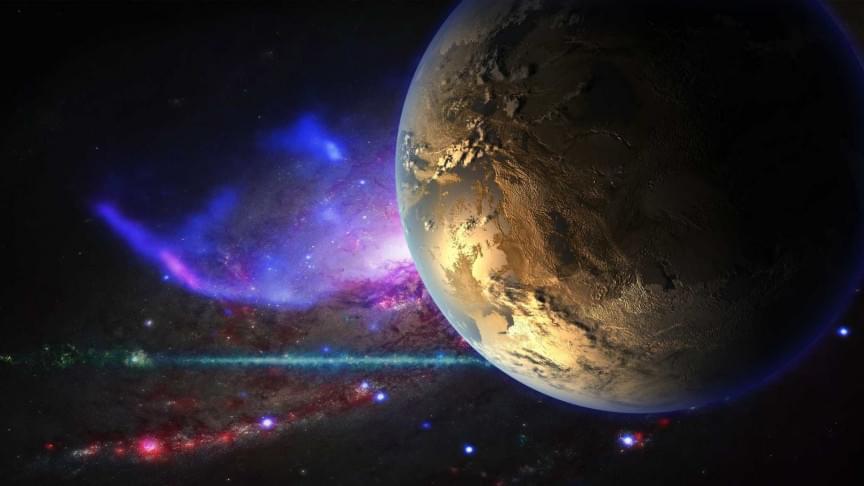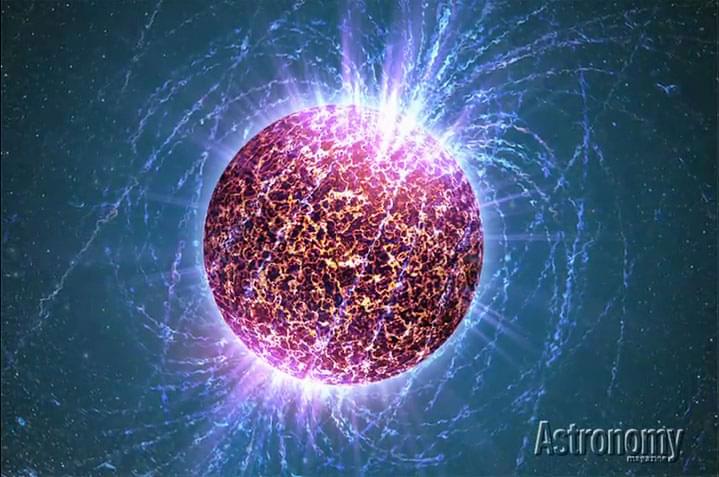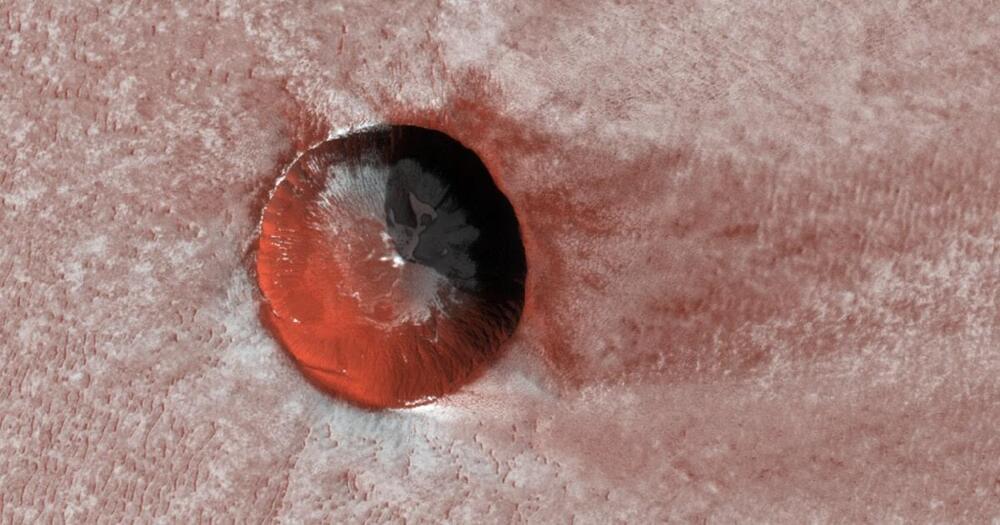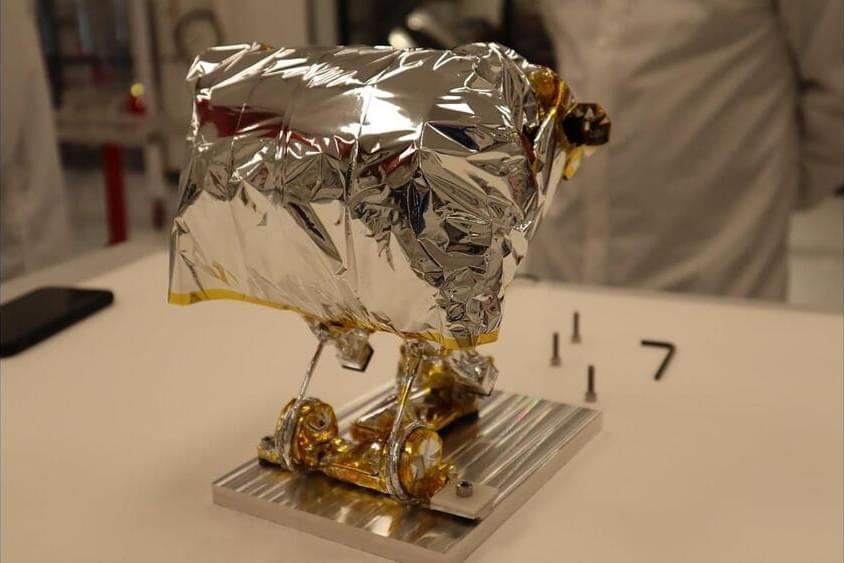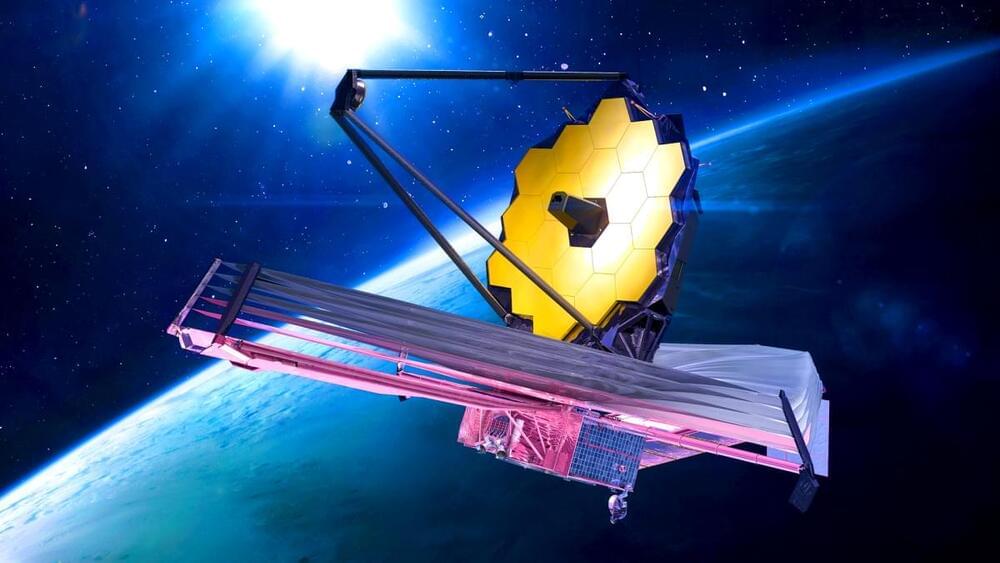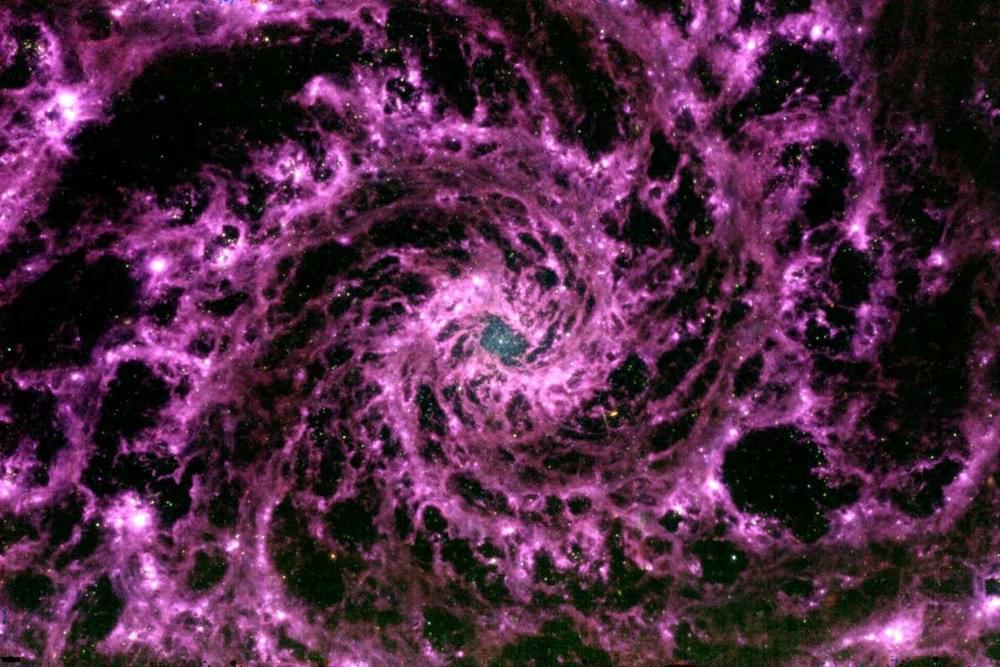
An extraordinary image of the centre of the spiral galaxy NGC 628 taken by the James Webb Space Telescope (JWST) has drawn comparisons to a Doctor Who vortex, but it could reveal important clues about how dust behaves in galaxies.
The image is a composite of three sets of data at different wavelengths taken by JWST’s mid-infrared instrument team. Gabriel Brammer at the University of Copenhagen in Denmark, who isn’t affiliated with the team, downloaded the data and translated each of the infrared wavelengths to red, green and blue before combining them to produce one image.
NGC 628 has been imaged with visible light by other telescopes, including Hubble, and looks similar to our own Milky Way if viewed from above the galactic plane. But JWST’s ability to observe infrared light in high resolution reveals a hidden structure. “If our eyes could see in these mid-infrared wavelengths, the night sky would look a lot more like this picture, which I think would be spectacular, maybe a little terrifying,” says Brammer.
